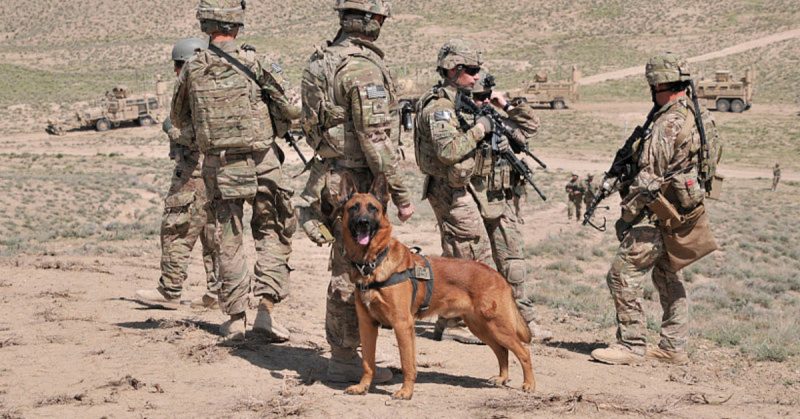Mice and canaries also deserve credit for saving many lives during the First World War. These creatures were used to detect poisonous fumes in underground tunnels.
There are many moving stories of how animals helped in wars. During both the First and Second World wars, many dogs were called up for action. They played important roles such as rescuing, tracking, guarding, and other duties.
Carrier pigeons are well known for delivering secret messages. And of course, horses played an important role in cavalries since ancient times. But there were many other animals who contributed their services and even their lives to war efforts.
The variety of different species is much greater than many people realize. Some of these joined regiments as working animals, others as mascots. Many undertook both roles by doing practical work as well as providing some comfort and keeping up soldiers’ morale.
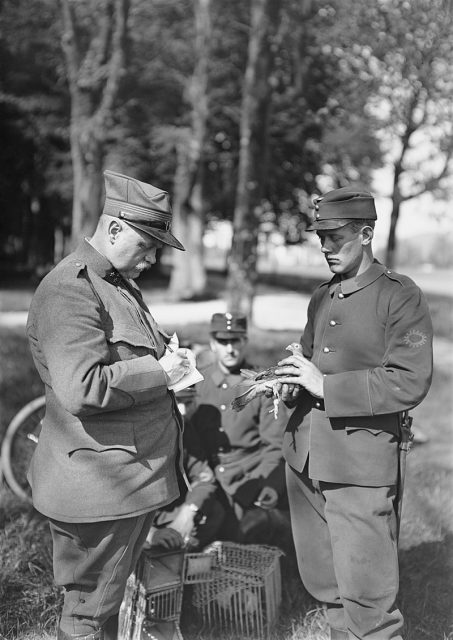
Working animals
Camels
Camels were frequently employed in desert terrain which would have been difficult for horses, because camels had the advantage of being able to travel long distances with little water. In the 20th century, these animals played an important role in the First World War, replacing horses in the desert for carrying both loads and riders.
The officer most known for riding a camel must have been T. E. Lawrence, immortalized as “Lawrence of Arabia,” who led an Arab offensive against the Turks in the years just before the outbreak of the First World War.
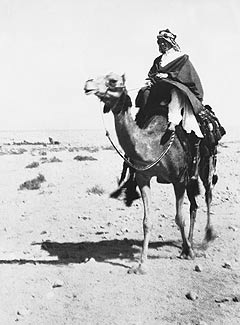
During WWI, the Imperial Camel Corps was a camel-mounted infantry force that operated in the Middle Eastern and African deserts. The Corps played an important role in campaigns such as Palestine and Sinai during the war. As the war progressed, the role of mounted infantry declined due to the nature of the fighting, and camels were used more for carrying loads.
Mules, donkeys, oxen, and even elephants also provided an alternative to horses for carrying equipment and heavy lifting.
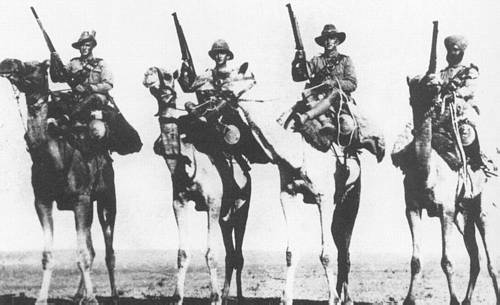
Mice, Canaries and Slugs
Mice and canaries also deserve credit for saving many lives during the First World War. These creatures were used to detect poisonous fumes in underground tunnels.
Part of the Allies’ strategy was to build networks of tunnels under the trenches to reach the German front, which they would then attack from below by filling the tunnel with explosives. However, after the explosions had taken place, the tunnels would be filled with dangerous gases. Soldiers could not enter the tunnels until the gas had cleared.
To check if it was safe to enter the tunnels, mice or canaries would be sent in to test the air quality. If the animal was overwhelmed by the fumes it would pass out. Fortunately, they would often be revived and were able to continue carrying out their important service.
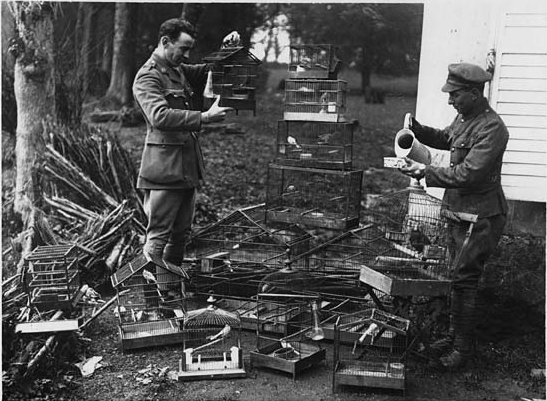
Even slugs could play a part in detecting gases. These creatures were particularly sensitive to mustard gas, which posed a real danger for soldiers in the trenches. The slug would respond by closing up its breathing holes and compressing its body.
Slugs were more sensitive to the gas than humans, so they detected it before the soldiers did. When the soldiers saw the slug behaving in this way, they knew it was time to put on their gas masks.
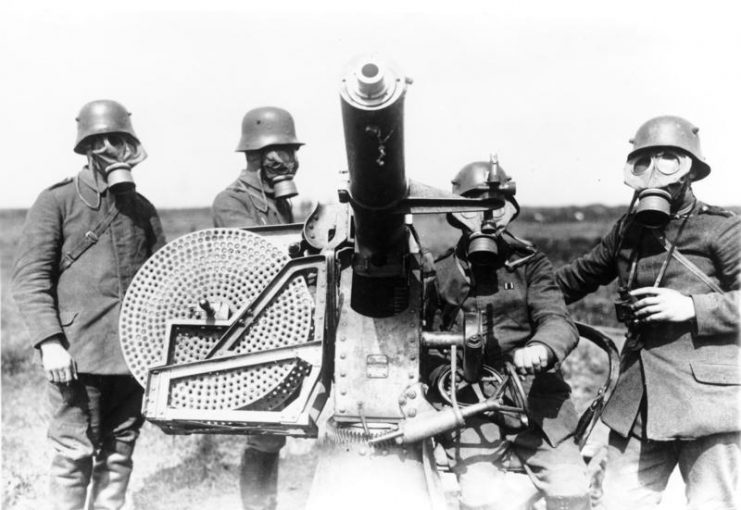
Cats
Cats also earned their place by keeping mice, rats, and other vermin in check. The conditions in the trenches created a breeding ground for rats and in some areas, cats were kept and trained to catch the rats which threatened to make the already appallingly unhealthy environment even worse.
Cats were of course also common on naval ships during the world wars, as they had been for previous centuries. Mice and rats were a particular problem on ships. They could not only eat or contaminate the limited food rations held on board but could also be a danger by gnawing through ropes and wires.
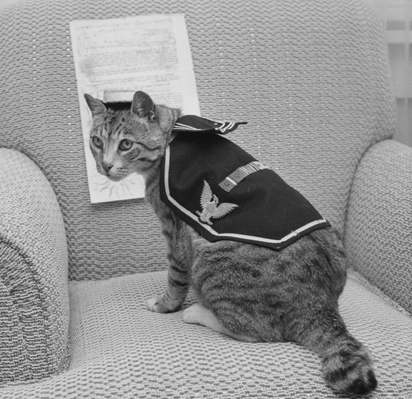
https://youtu.be/0yd4zKgcfxU
Pets and Mascots
As well as working animals, a large number and variety of animals became mascots. Dogs, cats, pigs, goats, and even monkeys could be found traveling along with soldiers. Some of them were even kitted out with their own uniforms.
Mascots were considered lucky and soldiers, particularly in the First World War, were known to be superstitious. Many soldiers would have found the presence of a lucky mascot reassuring. Animals also helped to keep up the soldiers’ morale and would have provided a comforting presence amid the brutality of war.
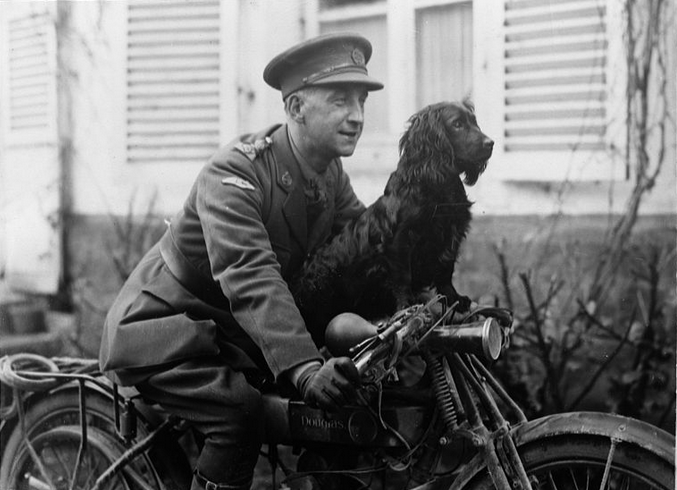
Mascots were often small animals like dogs and cats. Those who did not have a working role often had to be smuggled in. But there were also some more unexpected species including bears, baboons and foxes.
During the Second World War, a Polish regiment adopted a bear cub as a mascot. The Syrian brown bear turned out to be remarkably tame and seemed to enjoy wrestling and play fighting with the men. They named him Wojtek, and once full grown he was over six feet tall and weighed around 250 pounds.
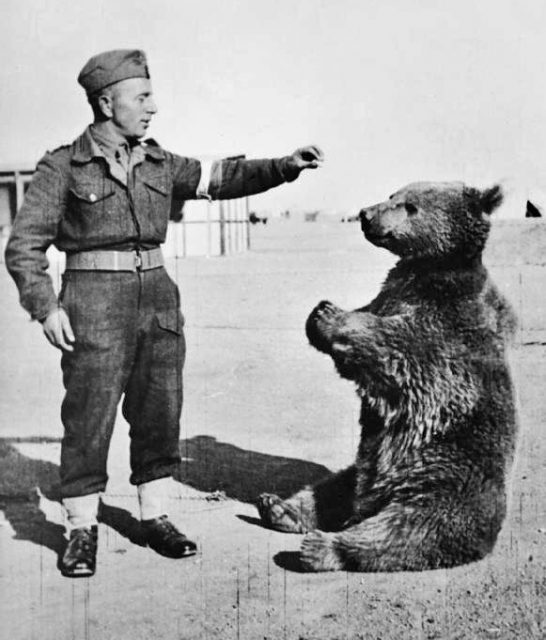
When the Polish II Corps was sent to Italy the bear went with them and was formally enlisted as a member of the unit. He was given the rank of private and was even given his own number. Once in the front line, he contributed to the effort by carrying heavy items like shells and boxes of ammunition.
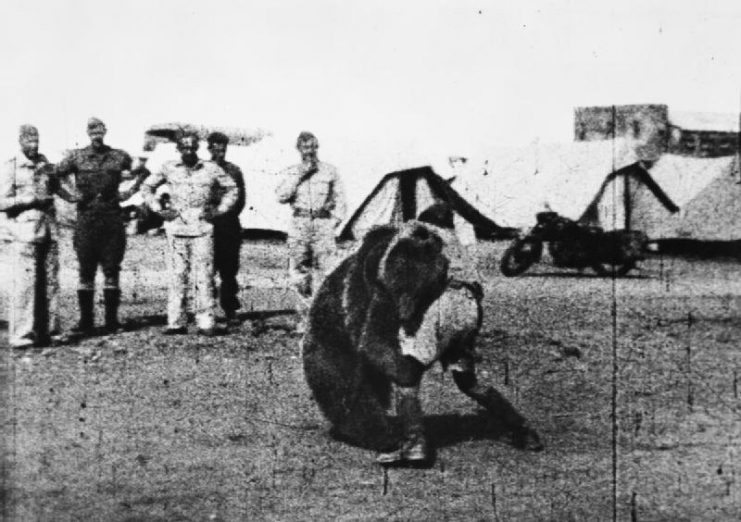
Like Wojtek, Jackie the baboon started his army career as a pet but soon made himself useful. He was found wandering on a farm in South Africa and was adopted by the owner of the farm. When he enlisted, he brought the baboon along, which turned out to be a good move.
Jackie earned his place in the unit because his hearing and eyesight were superior to those of humans. This meant that he could sense enemy movements before the soldiers did. He would warn the soldiers by making a noise or pulling on their clothing
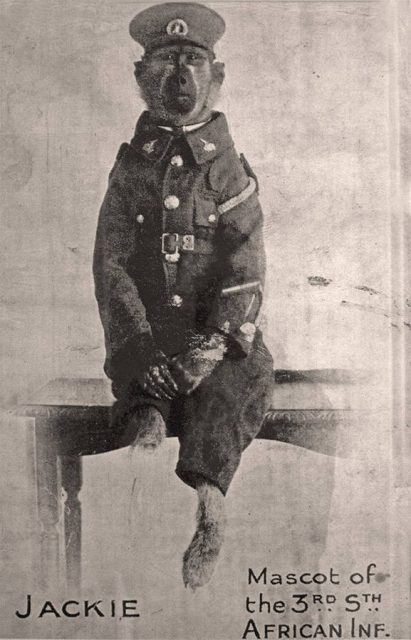
Meanwhile, a “flying fox” joined the Royal Air Force. The fox cub was found in France and adopted as a mascot. The fox even appeared to enjoy flying and was photographed accompanying an airman during a flight.
Read another story from us: The unsung heroes of the First World War: Missouri mules
The roles that animals played in wars is now also commemorated during some veteran events. In Britain, some people wear a purple poppy to honor animal veterans along with the traditional red poppy.
And although horses and dogs are most often in people’s thoughts, it is good to also remember the important work done by other creatures such as camels, canaries, and even slugs.
